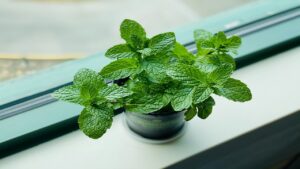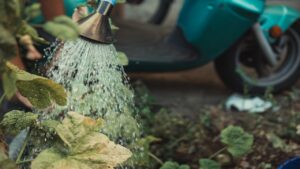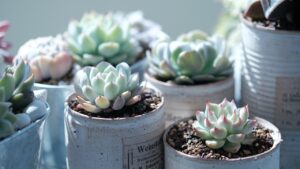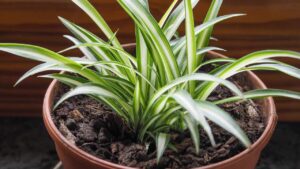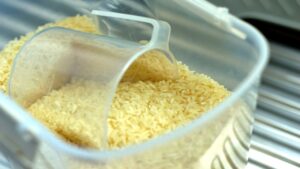This Beautiful Flower Emerges From the Snow and Announces Spring
The snowdrop is a small white flower that blossoms in winter, marking the arrival of spring. Featuring delicate, bell-shaped petals and a small yellow pistil at its center, this flower graces meadows, woods, and roadsides. Its name comes from the fact that it emerges from the ground while snow is still present. Resilient and enduring, the snowdrop withstands low temperatures, and its white color symbolizes purity and hope.

The snowdrop holds numerous legends, with one tying it to Greek mythology. In this narrative, the flower is linked to the goddess Artemis, who is often portrayed holding a bouquet of these white blooms. Legend has it that the snowdrops have grown from the tears of Artemis, who cried over the death of Adonis, her lover.
In English folklore, the snowdrop is known as the “snow flower” associated with purity and innocence. It is said that these flowers bloom only at night when fairies dance around them.
How to grow snowdrops
Despite its delicate appearance, the snowdrop is remarkably resilient and capable of thriving in diverse environments, including gardens, rocky landscapes, or even in pots on balconies. Today, let’s explore how to grow snowdrops in gardens, enhancing our green spaces during the winter.
For optimal flowering, plant snowdrop bulbs in the autumn, choosing a shaded spot in the garden. Ensure the soil is well-drained and enriched with humus for the best results.
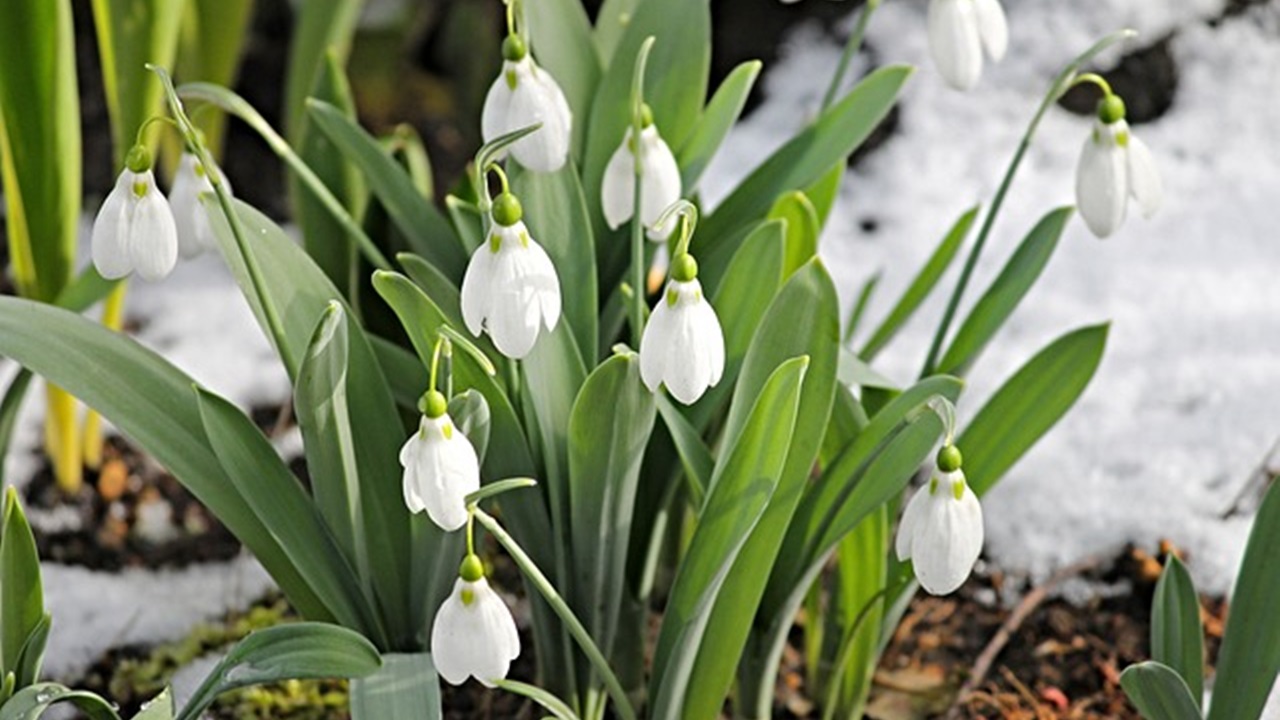
After planting, snowdrop bulbs are low-maintenance and generally undemanding. Regular watering is essential during dry periods, but additional irrigation is not needed in other seasons. These resilient plants typically do not require frequent fertilizing. However, if your soil is poor, consider applying a balanced, slow-release fertilizer early in the growing season.
Indeed, these small flowers may appear harmless but can be toxic if ingested. The alkaloid content in snowdrops may lead to symptoms such as nausea, vomiting, and diarrhoea. Pay attention to children and pets.
